The subject of diatomaceous earth has been gaining popularity, and I’ve received a few emails about it lately. It seems to be pretty trendy! But what is diatomaceous earth exactly? What does it do? How does it work? How does it relate to raw food? Well, to those who are wondering what the buzz surrounding it is all about, I’m going to try to address all the questions I’ve received (and maybe more) in as simple and understandable way as possible.
Diatomaceous Earth
Let’s start by getting to know it. Diatomaceous earth (DE) is an off-white powder consisting of fossilized remains or silica shells of tiny aquatic organisms called diatoms (a type of algae). In short, it’s made of long dead algae. It’s also known as fossil shell flour. On a microscopic level, the particles of DE appear to look like cylindrical honeycombs with sharp edges. Even though DE doesn’t look or feel like it to the touch, apparently its particles are pretty hard like tiny shards of glass. DE is also a drying agent because of its absorbent qualities.
Food Grade DE and Filter Grade DE
There are several varieties of diatomaceous earth, but the most commonly used are what we call food grade DE and filter grade DE. Food grade DE is not exactly food per se. Basically, it’s used in grains as anti-caking agent, in animal feeds for deworming, and in pesticides/insecticides. They are very effective in eliminating exoskeleton parasites like worms and insects because food grade DE dehydrates their oils and fats until they die. Food grade DE’s hard, honeycomb-like particles with its sharp edges also “scrub” the walls of intestines removing toxins and heavy metals.
Filter grade (or pool grade) DE, on the other hand, is mostly used for filtering water in swimming pools and is not safe for consumption because of its high crystal silica content (read poison).
What Food Grade DE Users Say
Although food grade DE is registered for use in grain storage, animal feeds and pesticides, and the usage of product intake in humans is met with doubts and criticisms among skeptics, there are people who use it as a detoxifying agent by mixing a tablespoon or two with their food or drink. Testimonials from believers of the “cleansing and healing effects” of food grade diatomaceous earth say they felt much better after using it. They claim it flushes out toxins, parasitic organisms (which could cause sudden food intolerance), and heavy metals our body cannot process.
Silica is also one component of diatomaceous earth that is noteworthy, because it is a very important trace element in human bodies. It aids in mineral absorption, regulates calcium levels and promotes collagen production in bones. Apparently, food grade DE contains 80%-90% amorphous silica (harmless) and only less than 2% crystal silica (harmful), which makes food grade diatomaceous earth a natural organic source of silica. Although food grade DE mostly just passes through our body and only very little of its silica is absorbed into the blood stream, many users also claim that consuming diatomaceous earth has helped relieve their arthritis and sore joints, lowered their high blood pressure and high cholesterol levels, cleared up their skin, toughened up their nails and strengthened their hair, among many other benefits.
Diatomaceous Earth and Raw Food
Many users consume about a tablespoon a day by either mixing it with their juice or water. Others use it only very minimally.
I have not yet found any foolproof findings based on scientific research regarding the benefits of food grade DE in human consumption. But this type of DE is basically raw (like raw flour) since it is unheated and naturally organic, unlike filter grade DE that is treated with high heat (which crystalizes silica and makes it highly toxic).
If you ever plan to use diatomaceous earth, it is very important to remember to get FOOD GRADE, and never filter/pool grade!
There are also no absolute guarantees in consuming food grade diatomaceous earth, but some people do seem to be eating FOOD GRADE DE in small quantities. And since DE is a drying agent, just be careful not to get any powder in your eyes. Also, if you have asthma or lung issues, be careful not to inhale it because it may cause breathing problems (just like any other dust would).
And with that said, food grade diatomaceous earth is the type of DE you would want to buy if you ever plan to include it in your raw food recipes. Make sure you are well informed about the product before getting into using it. It’s also advisable to consult an expert regarding what its effects are going to be on your body prior to trying it out.
What are your thoughts on diatomaceous earth?
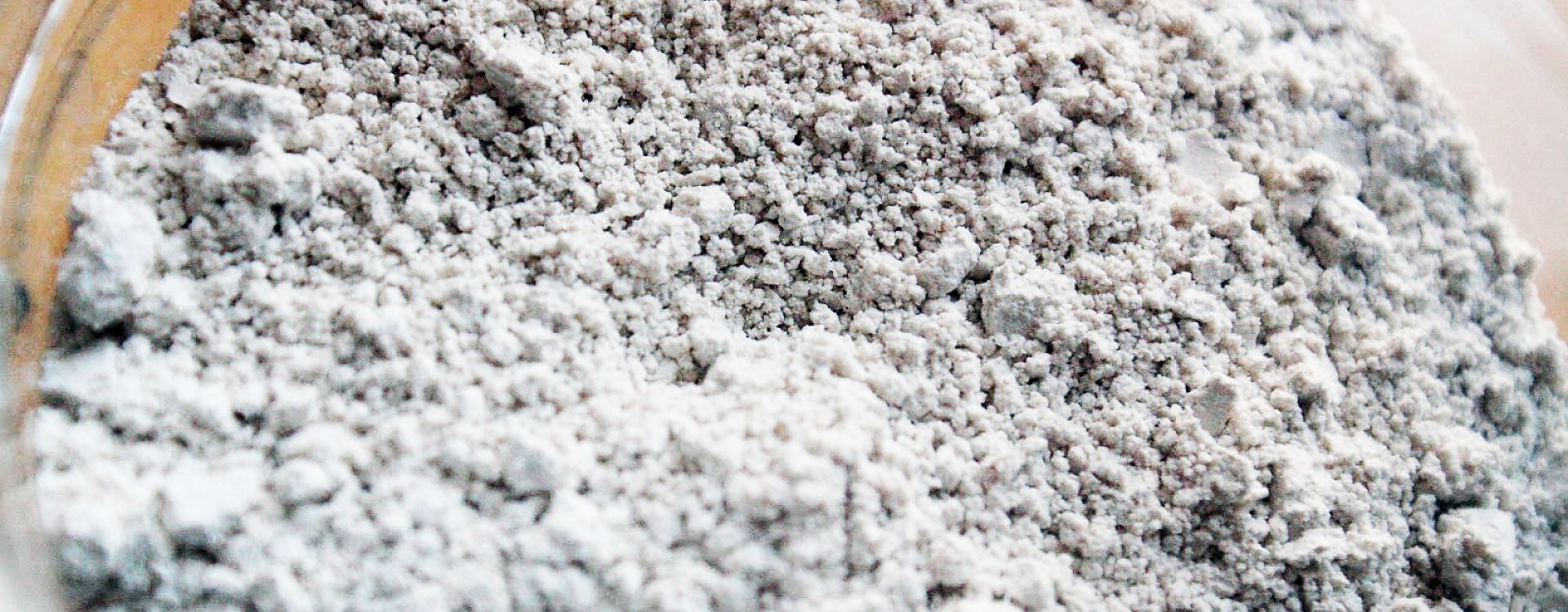









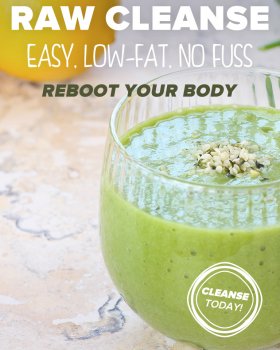










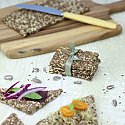
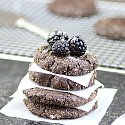
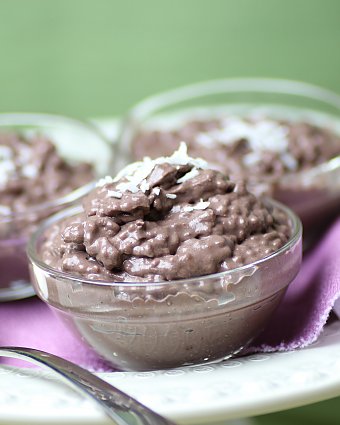

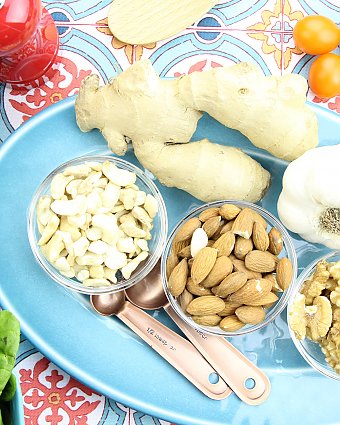























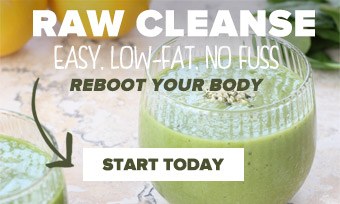







Top voted
All
Leave a Comment
The Rawtarian wants to hear from you! Let's get the conversation going! Leave a comment or review below.